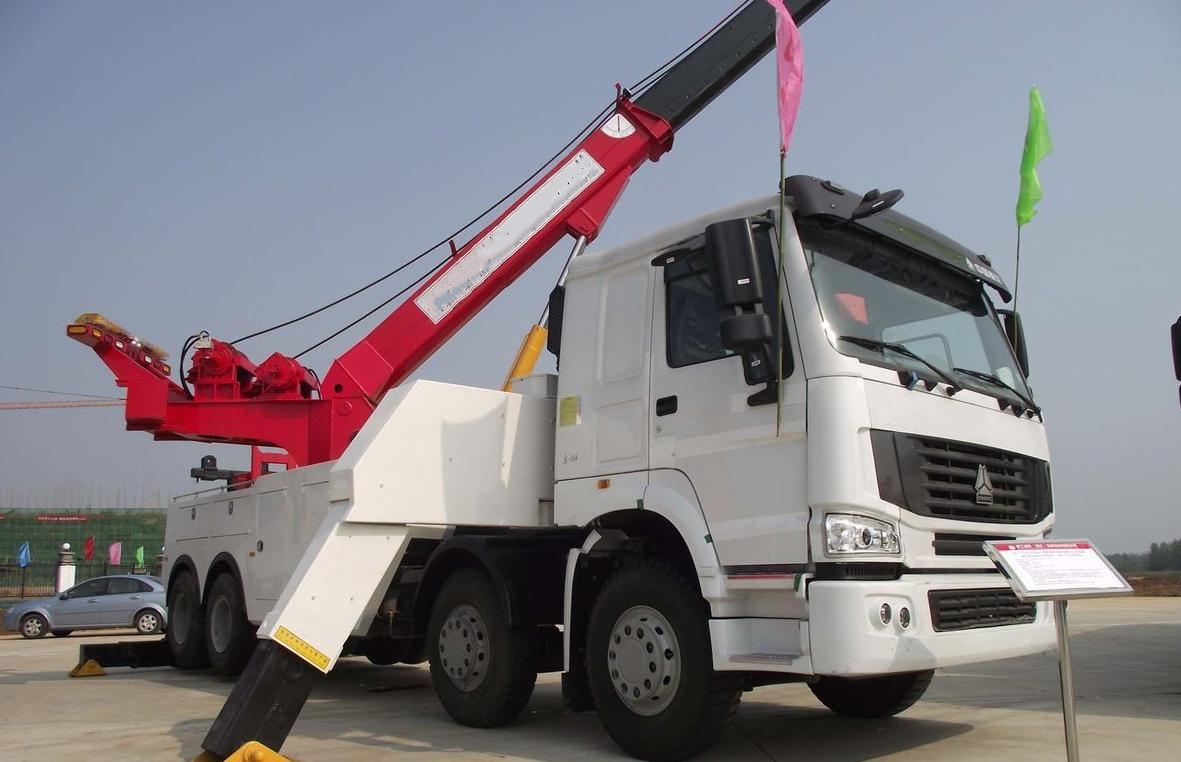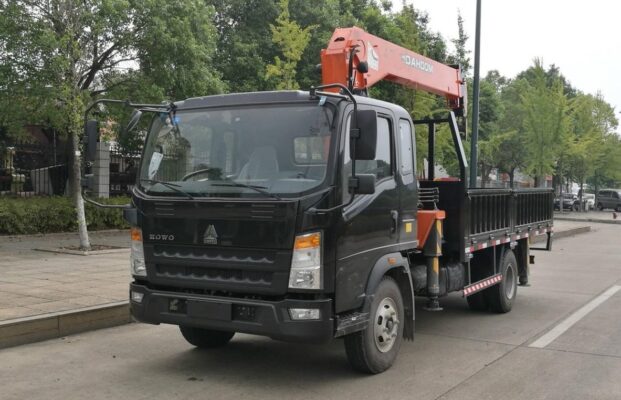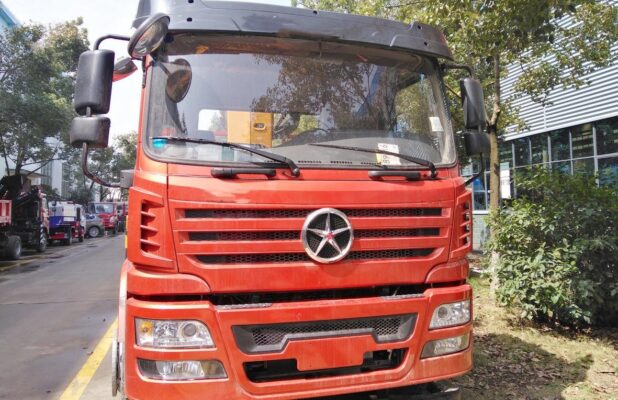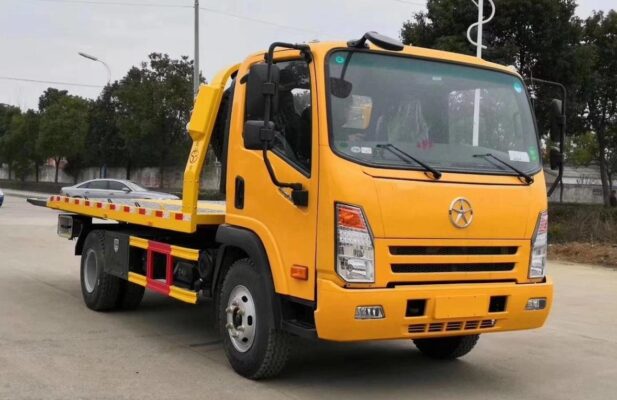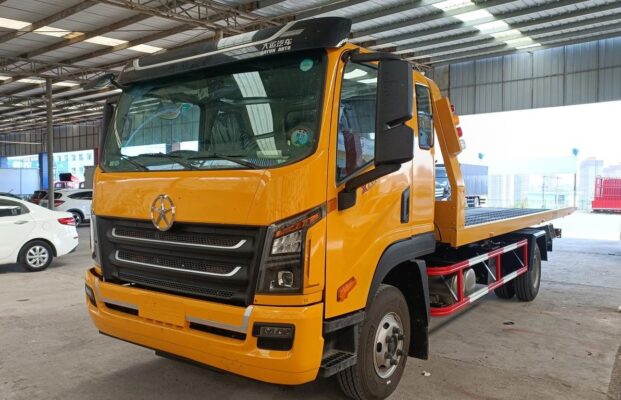Selecting the appropriate lifting points for a nosturi is critical to ensure safe and effective lifting operations. Proper selection minimizes the risk of accidents, enhances stability, and facilitates efficient handling of loads. This document outlines the fundamental principles for choosing lifting points, including considerations for load balance, structural integrity, and the safe operation of nosturis. Understanding these principles is essential for nosturi operators, riggers, and engineers involved in lifting operations.
1. Use of Original Lifting Points
Prioritizing Original Design Features
The first principle in selecting lifting points is to utilize the original lifting points designed by the equipment manufacturer. These points are engineered to withstand the loads and stresses involved in lifting operations. Using designated lifting points helps ensure that the load is distributed correctly and minimizes the risk of equipment failure.
- Manufacturer Guidelines: Always refer to the equipment’s manual for specific instructions on lifting points. The manufacturer’s guidelines will provide essential information regarding the load capacity and recommended usage of each lifting point.
- Avoiding Modifications: Never modify or create new lifting points without proper engineering evaluation and approval. Unauthorized alterations can compromise the structural integrity of the equipment and lead to unsafe lifting conditions.
2. Lifting Point Location
Optimal Placement Above the Center of Gravity
The location of the lifting point is crucial for ensuring stable support during the lifting process. The lifting point should be positioned directly above the center of gravity of the object being lifted.
- Center of Gravity: The center of gravity is the point where the load’s mass is evenly distributed in all directions. When the lifting point is aligned with the center of gravity, the load remains stable and balanced, reducing the risk of tipping or swaying.
- Stability and Safety: Properly positioning the lifting point contributes to safety during transport. An off-center lifting point can lead to uncontrolled movements and may increase the risk of accidents.
3. Alignment with Center of Gravity
Preventing Tipping and Swinging
To further ensure safety, the lifting point must align vertically with the center of gravity of the load. This alignment is crucial for preventing tipping, swinging, or tilting during lifting and transportation.
- Vertical Line Principle: Both the lifting point and the load’s center of gravity should lie along the same vertical line. This ensures that the load is evenly balanced and reduces lateral forces that could cause instability.
- Adjusting Lifting Techniques: If the lifting point cannot be directly above the center of gravity due to design constraints, operators may need to adjust the lifting technique, such as using slings or rigging configurations that allow for better load stability.
4. Structural Strength
Assessing Load-Bearing Capacity
The structural integrity of the area where the lifting point is selected is paramount. The part of the structure where the lifting point is chosen must be capable of bearing the entire load of the object without risk of failure.
- Material Evaluation: Inspect the material properties of the structure to ensure it can handle the anticipated loads. Factors such as tensile strength, fatigue resistance, and overall durability should be considered.
- Load Calculations: Perform thorough load calculations to determine whether the structure can support the weight and dynamic forces associated with lifting. This assessment is essential to prevent structural failure during lifting operations.
5. Multiple Cranes
Coordinating Lifting Points for Multiple Cranes
When utilizing multiple nosturis to lift a single object, careful consideration of lifting points is necessary to ensure efficient operation and load distribution.
- Minimizing Operating Radius: Lifting points should be selected in areas where the nosturis’ operating radius is minimal. This minimizes strain on the nosturis and reduces the risk of instability during lifting.
- Synchronous Lifting: Ensure that all nosturis are synchronized in their movements and that the lifting points allow for coordinated lifting. Proper communication and signaling between nosturi operators are crucial to execute this effectively.
6. Long Objects
Selecting Multiple Lifting Points for Elongated Loads
For long or elongated objects, selecting multiple lifting points is essential to distribute the load evenly and prevent excessive bending or flexing during lifting.
- Strength Calculations: Engineers should conduct strength calculations to determine the appropriate number and location of lifting points based on the length, weight, and shape of the object. This ensures that no single lifting point bears too much weight, which could lead to failure.
- Rigging Configurations: Use suitable rigging configurations such as spreader bars or lifting beams to manage the load effectively and distribute weight evenly across all lifting points.
7. Precision Equipment Installation
Using Auxiliary Lifting Points for Accuracy
In situations where high precision is required for equipment installation, it may be necessary to utilize auxiliary lifting points along with simple lifting devices to make fine adjustments to the position of components.
- Chain Hoists for Fine-Tuning: Chain hoists are commonly used in these scenarios to allow for controlled adjustments. They enable operators to make precise movements without risking the stability of the load.
- Adjustable Lifting Devices: Consider using lifting devices that provide flexibility in positioning, allowing for careful alignment of components during installation.
8. Object Rotation
Techniques for Lifting and Rotating Loads
When it becomes necessary to rotate an object during the lifting process, the selection of lifting points must accommodate this movement.
- Slinging Techniques: Operators can employ slinging or turning techniques, choosing lifting points located either below the center of gravity or on one side of the center of gravity. This allows for controlled rotation without compromising stability.
- Controlled Rotation: Use appropriate equipment and techniques to control the rotation of the load carefully. The rotation process should be gradual to maintain balance and avoid sudden shifts in weight.
9. Conclusion: Emphasizing Safety and Efficiency in Lifting Operations
The principles outlined in this document serve as a guideline for selecting lifting points effectively during nosturi operations. Adhering to these principles will not only enhance the safety of lifting operations but also improve efficiency and precision in handling loads.
By prioritizing original lifting points, ensuring proper alignment with the center of gravity, and assessing the structural integrity of lifting points, operators can minimize risks and enhance the overall safety of lifting operations. Lisäksi, utilizing multiple nosturis, adjusting for long objects, and employing auxiliary lifting techniques are all vital considerations for complex lifts.
Lopuksi, nosturi operators, riggers, and engineers must work together to implement these principles in their lifting operations. Through proper training, communication, and adherence to best practices, the risks associated with lifting operations can be significantly reduced, leading to safer and more efficient construction projects.

